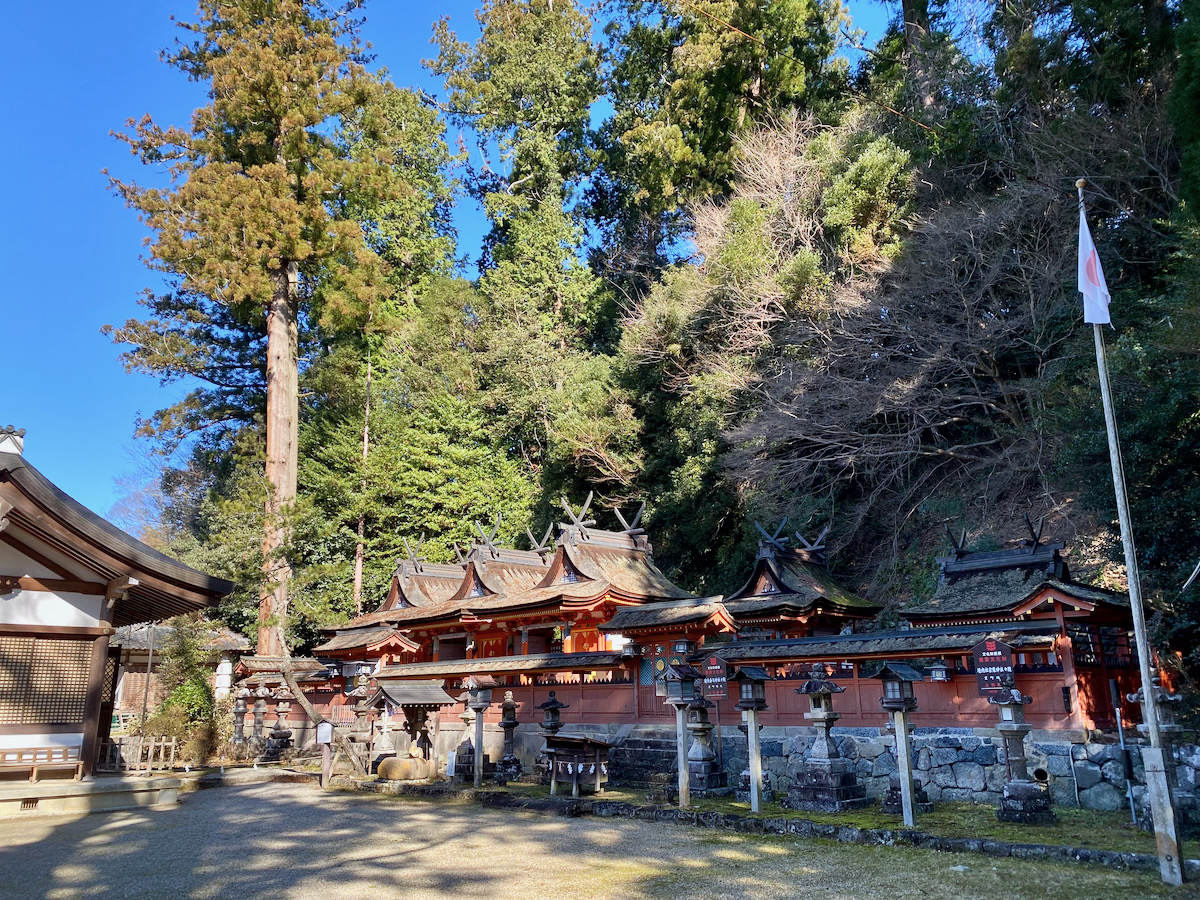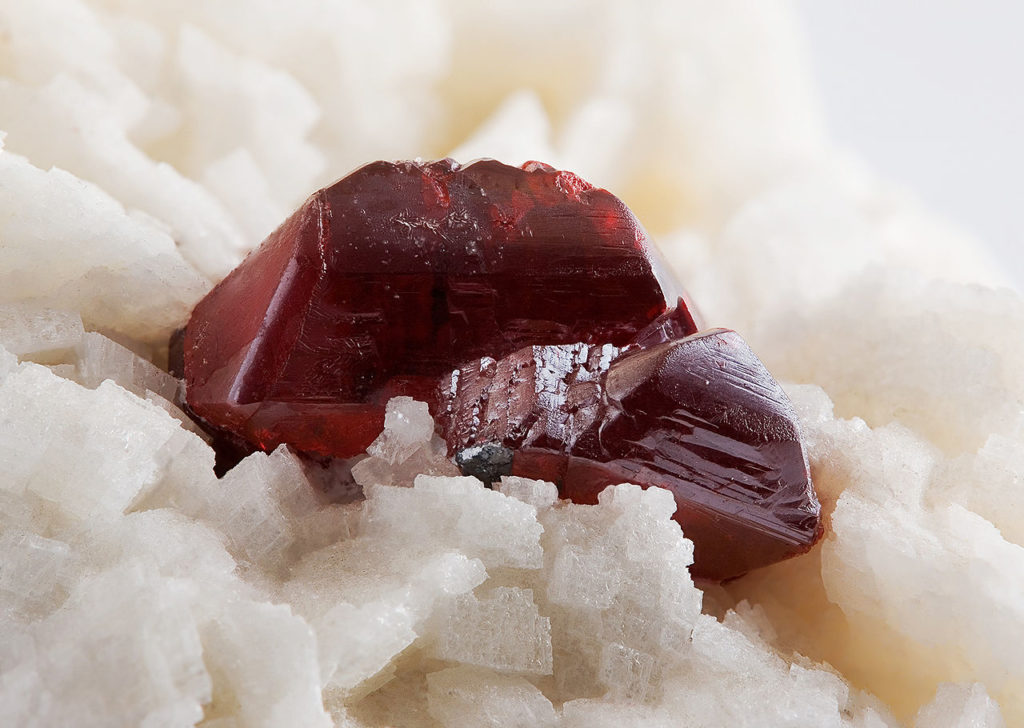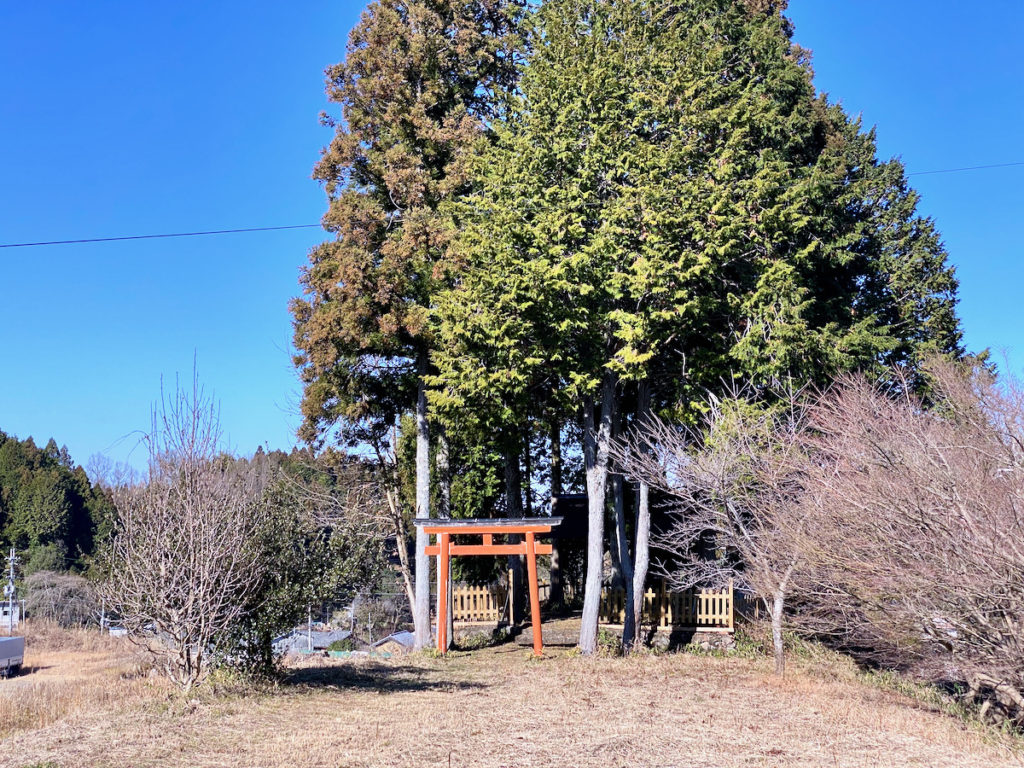
Mineral resources play a key role in any country’s cultural and economic development.
One particular mineral resource, mercury, has been of great importance in Japan and has been extracted and processed in Uda since the Kofun period (3-5th centuries), ending only recently during the Shōwa period (1925-88).
Ni (丹)and Ni-U(丹生)
The cultural significance of ‘Ni’ (丹=minerals) in ancient Japan is demonstrated by the following verse from the oldest collection of Japanese poetry, the ‘Manyō-shū’, dating from the Asuka period (6-8th centuries CE), which is often quoted when introducing the capital Nara:
“Aoni-yoshi Nara no miyako wa Saku hana no Niougagotoku Ima sakarinari”
(Aoni-yoshi the Capital Nara is now at its peak as if a full flower blooms.
巻三・328:太宰少弐小野老朝臣(だざいのせうにをののおゆのあそみ)が歌一首
The ‘ni’ (丹) in ‘aoniyoshi’ refers to minerals which were of great cultural importance in those earliest times, in this case, ‘ao’ (青=blue), or blue minerals used in cosmetics. ‘Shu-ni’ (朱=red), on the other hand, refers to red minerals and could mean either lead or mercury.
A document dating from the Nara period (8th century CE) records that ‘Ancient people produced mercury from this mountain, therefore it is called Ni-u’. ‘U’ (生) means birth or source, and so ‘ni-u’ indicates a place where minerals are extracted and processed.

Mercury seems to have been mined from very early on in Japanese history. A miner appears in one of the stories about the first emperor Jinmu’s Eastern expedition in ‘Nihon Shoki’ (the second oldest book of legends of ancient Japan). The mercury mining sites recorded in the ‘Nihon Shoki’, edited during the Heian period (8-12 century CE), roughly match the currently known mining sites, and these places are often called ‘Ni-u’ or have names originated from ‘Ni-u’.
Ni-U shrines in Uda City
Volcanic rocks around Murō in Uda city contain mercury and this area has been a mining site since ancient times. This may be why there are two Ni-U shrines in Uda city: in Ameshi and Utano districts. Their origins are not known, except that they are both associated with the god of water, but they may have originally celebrated ‘Ni-u-zu-hime’ (‘ni-u’ capital-princess), as do other ‘ni-u’ shrines in the country. ‘Ni-u-zu-hime’ is the god of the ‘Ni-u’ clan, who used to mine mercury. As they spread across the country, they celebrated ‘Ni-u-zu-hime’ wherever they settled.
Mercury tends to be found close to the surface, usually only in small quantities, so the Ni-u clan had to move once the mercury in a site became exhausted. Farmers, however, stay to cultivate the land. They probably added ‘Mizu-hanome’ (god of mizu=water) later, as the farmers’ god. ‘Mizu-hanome’ may then have become the main god for these shrines.
Extractions continued until Showa period
During the Meiji period (1868-1912), mineral extraction was encouraged as being vital for national economic development. At that time, one productive mining site was discovered in Utano Osawa district, Uda city. A processing facility was built and mercury production was increased by the Yamato Mercury mining company. The mining site was active until 1970, but was finally closed in 1971 due to declining demand and the appearance of Minamata disease (a condition resulting from mercury contamination of the local environment).

Interestingly, a national heritage site, Uda-mikumari Shrine, which was built in the Kamakura period (12-14th century CE) is located on a small hill, southwest from the Yamato Mercury mine. Uda-mikumari (宇太水分)Shrine celebrates the god of water (水:mizu=water), but it may have originally been associated with mercury (水銀=‘water-silver’) as people believe the shrine actually dates back to the even earlier Kofun period.